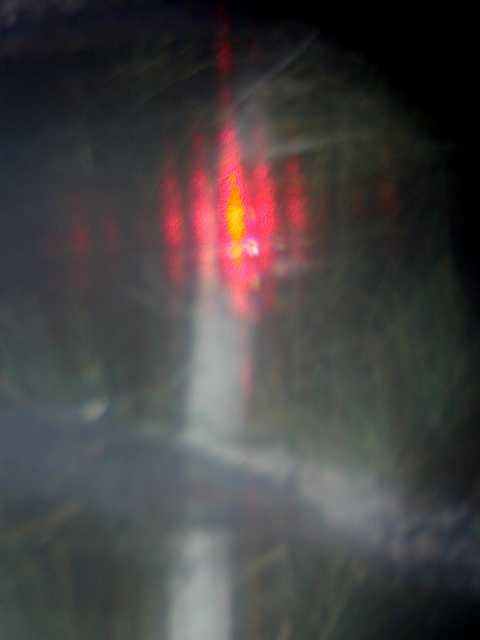- Mon Nov 19, 2007 5:19 pm
#38325
So after looking at a bunch of Darpa Grand Challenge footage and lots of sites about the vehicles, I am let wondering how LRFs work...
I found two sites: http://www.pages.drexel.edu/~twd25/webc ... anger.html
http://www.repairfaq.org/sam/lr/
One seems to visually look at the beam and the other measures the time of flight. What techniques are being used on the spinning 3d laser scanners on the darpa cars?
The trick seems to be getting a good strong laser pulse that is detectable back at the source even in out door conditions. Does this mean increasing the intensity? If so how do they keep it eye safe? IR?
I guess where I am really lost is... what methods do they use to "detect" the laser beam. The webcam method seems silly as the laser beam may be very hard to see at distances especailly with a low res camera...
How are they able to see the laser bounced back?
Any insight would really help me sleep at night
Aaron
I found two sites: http://www.pages.drexel.edu/~twd25/webc ... anger.html
http://www.repairfaq.org/sam/lr/
One seems to visually look at the beam and the other measures the time of flight. What techniques are being used on the spinning 3d laser scanners on the darpa cars?
The trick seems to be getting a good strong laser pulse that is detectable back at the source even in out door conditions. Does this mean increasing the intensity? If so how do they keep it eye safe? IR?
I guess where I am really lost is... what methods do they use to "detect" the laser beam. The webcam method seems silly as the laser beam may be very hard to see at distances especailly with a low res camera...
How are they able to see the laser bounced back?
Any insight would really help me sleep at night
Aaron

